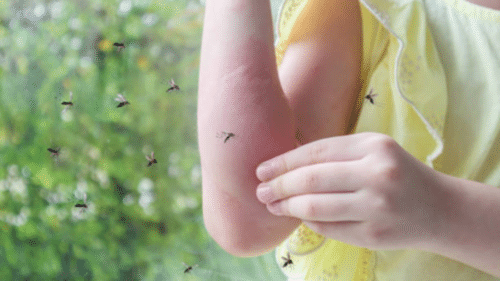
New Delhi: The national capital does not get a sigh of relief and it seems it will not come in days to come as after pollution and Yamuna river froth, the city is now witnessing a rise in vector-borne cases. Delhi is seeing a steady rise in the number of cases of Dengue, Malaria and Chikungunya.According to the Municipal Corporation of Delhi (MCD) sources, Delhi this year so far has recorded 4,061 cases of Dengue with 480 infections this week only. Three deaths have been reported so far due to Dengue.In 2024, Delhi reported a total of 709 cases of Malaria and 151 cases of Chikungunya. According to the data sourced by Times Now, the city saw the highest number of vector-borne disease in October since 2020.Delhi saw 346 Dengue cases in 2020, 1196 cases in 2021, 1238 cases and a total of 2003 infections in 2023. Similarly, Delhi witnessed 34 Malaria cases in October 2020 which increased to 47 the same month in 2021. The numbers rose to 75 in 2022 before decreasing to 37 in 2023. This year, the infections in October reached 279.In the case of Chikungunya, the city saw 17 infections in 2020 that rose to 25 the next year. In 2022, it decreased to 17 and further declined to 5 in 2023. This year, Chikungunya cases touched 96 in October.
Delhi Air Pollution At Alarming LevelsThe worsening air quality in Delhi has become a national concern with no hope of any improvement in the coming weeks as winter gradually settles in the city. The AQI crossed 800-900 mark after Diwali and several areas continue to be in the 'severe' category.Now, to curb rising air pollution, the Delhi government on Friday conducted a testing of 'drone-based mist spraying' at Anand Vihar, one of the city's pollution hotspots. Delhi Environment Minister Gopal Rai said that pollution levels in the hotspots are higher than the average AQI in the capital."Today's demonstration in Anand Vihar -- a known pollution hotspot -- aims to address this issue," Rai said, quoted ANI.